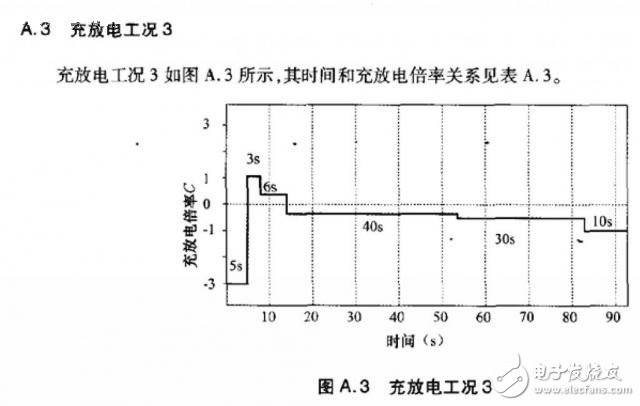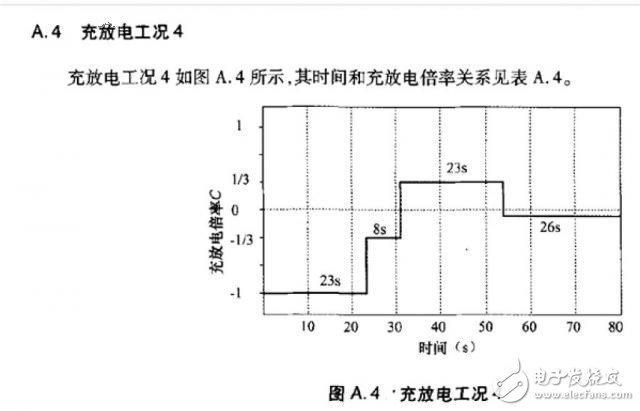Everyone knows that the core of the battery management system (BMS) is the upper application algorithm, and the core of the algorithm is the SOC estimation. Therefore, the national standard QC/T897-2011 "Technical Conditions for Battery Management Systems for Electric Vehicles" naturally emphasizes the accuracy test of the state of charge (SOC). This can be seen in the total of 13 pages of documents with up to 6 pages which are related to SOC accuracy. The requirement of the national standard for SOC estimation accuracy is that the error is not more than 10%. However, the verification method given by the national standard has the following problems:
1. The national standard only requires testing the SOC accuracy of 2 points.
The national standard proposes to find a point test in each area where the SOC is greater than 80% and less than 30%. I think this is not enough. Is it true that two points are accurate to ensure that all work points meet the requirements, obviously not.
When I wrote the Design VerificaTIon Plan&Report (DVP&R) for the US BIG3, I asked the SOC to verify from 100% to the cutoff voltage (the SOC is only about 1-3%), even for the SOC. Hybrid vehicles (HEVs) with a narrow range are no exception. This is because in an unexpected situation, the SOC is likely to be out of the normal working range. In case the SOC is not in the scope of work, it is not allowed to lose control.
Remember to do the SOC back-calculation for each point when doing the Volanda BMS simulation verification, find out which point from the beginning to the end (all points with errors exceeding 2.5%) have the largest SOC error, and analyze why The SOC at this point is relatively large.
2, the choice of working conditions
The national standard gives four working conditions and calls it a "typical" charging and discharging condition. The following conditions are shown in the figure below:


Obviously, none of these conditions are close to actual conditions. Because the current in the actual operating conditions looks like noise, it is impossible to be a straight line, so these conditions are not "typical".
Secondly, the two longest working conditions given by the national standard are 80 seconds and 90 seconds. The national standard said that any one working condition can be continually cycled 10 times to check the SOC. How long is the continuous cycle 10 times? The longest one is only 90 seconds, and the cycle is 900 seconds and only 15 minutes. In this 15 minutes, the SOC has only changed by less than 10%. What does this mean? Assuming that the current sensor is broken during the working condition test, the measurement is always zero, and the BMS can pass the accuracy requirement of the national standard SOC. Because the SOC you calculated is unchanged. Although not correct, the error is certainly less than 10%. Therefore, the condition given by the national standard to verify the accuracy of the SOC is completely meaningless.
Harvester Drive Wheel,Belt Drive Pulley,Power Take-Off Shaft,Agricultural Gearbox
Changzhou Youeryou Trading Co., Ltd. , https://www.farmpartssupplier.com
